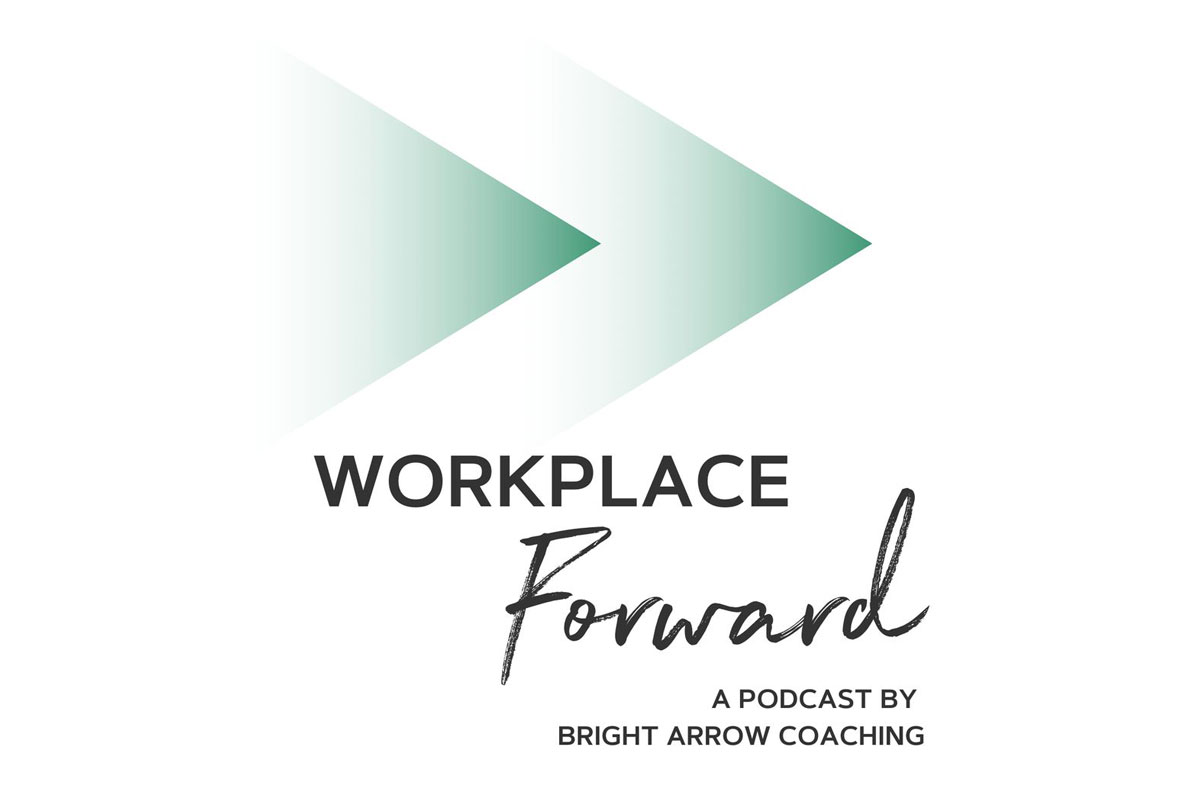Working harder is not a sustainable or effective strategy to make a lasting impact as a leader. Experienced leaders with a proven track record of delivering results, high-functioning teams, and even authority over millions of dollars in budget hit a glass ceiling professionally not because they don’t have the potential to go to the next level. They’re held back because they work too hard.
Perhaps you identify with this scenario: you have built your brand on executing, delivering results, and satisfying stakeholders. Often the cost of this output is high—too high. You use grit: sheer brute force like staying up all hours of the night and working around the clock to achieve your goal. You fell into the common trap of thinking that this intensity is what will propel your career upward, but nothing could be further from the truth. In the words of leadership expert Marshall Goldsmith, “What Got You Here Won’t Get You There.’’
These leaders subconsciously know that working at breakneck rates is not sustainable for their teams but they keep going because this is the only way they know how to work. Most mistakenly believe a 24/7 commitment is what the executive leadership team is expecting from them. The truth is, the C-Suite is not looking for longer hours. In fact, an article from Market Watch states that almost 70% of C-Suite executives themselves are experiencing burnout and are seriously considering quitting their roles for their own well-being. So, they are certainly not expecting endless work from you.
In contrast, the C-Suite is looking for leaders to make their lives easier; someone to solve the problems they care about. Things like driving revenue growth, engaging and motivating an overtaxed workforce to higher performance, building strong relationships with key customers, and finding ways to save money for the company through operational effectiveness and productivity. The strategic executives of the future can step up today by opening their eyes to the company’s big picture and operating from a purposeful vision.
In our work with senior leaders at Bright Arrow, we find various obstacles that get in the way of leaders thinking strategically and holistically. Here are three:
- Lack of prioritizing and delegating so that they can, in the words of Stephen Covey, “put the first things first.”
- Defaulting to quantity of work delivered instead of quality of solutions presented.
- Cycling through focusing on more micro (often departmental) tasks because they are trying to prove themselves, due to imposter syndrome, perfectionism, or fear.
If you find yourself grappling with the above challenges, here are five strategies we recommend future executives adopt today.
1. Become a multiplier of talent.
In her book, Multipliers: How the Best Leaders Make Everyone Smarter, Liz Wiseman states that leaders come in two forms; a diminisher who is so focused in their own genius that they stifle the development of others; or a multiplier, who brings out the capability and intelligence of others. Not only is trying to do everything yourself not the best use of your time, but it impedes the effectiveness of your entire team. The secret is to develop and grow the team so that more can be delegated, enabling you to get more done through others, not by doing the work yourself. In order to do this, you must invest in your own development as a multiplier.
2. Believe you belong.
In the words of Shonda Rhimes, American TV producer, and author, leaders have to believe and own that “they belong in any room they enter.” You must say to yourself, “my talent got me here, my results got me here, my training got me here, my impact got me here.” It takes self-work and practice to break patterns of shrinking and playing small due to self-doubt tied to a feeling of not being enough. As Hal Elrod states in his book The Miracle Morning, “Your level of success will rarely exceed your level of personal development, because success is something you attract by the person you become.”
3. Practice self-care.
Executive leadership is a marathon, not a sprint. Most executives act in a leadership capacity for decades! So, to equip yourself for high performance over the long haul, you must pace yourself and invest in self-renewal. Engaging in activities that restore the mind (such as reading), the spirit (such as meditation), the body (such as exercise), or deepen our relationships, are required actions. To cite a familiar adage, you must have ways to refill your cup after you have poured out every ounce to others. You are of no use to anyone if you are running on empty. Caring for yourself is the best thing you can do to up your effectiveness.
4. Be an essentialist.
When we talk about self-care, it can feel like yet another thing to add to the endless to-do list. This is where being an essentialist comes in. In his book, Essentialism: The Disciplined Pursuit of Less, Greg McKeown explains that many people stretch themselves thinly over too many areas that lead to overwork, exhaustion, and unproductive busy work. In order to fix this, you must become an essentialist, which means focusing your energy only on what is essential and ruthlessly eliminating the rest. Cutting out trivial tasks provides leaders with buffer, flow, and focus, and grants the white space needed to do things such as plan, set vision, and think strategically.
5. Play bigger.
Expand your level of influence and strategic impact by deepening relationships with higher-level stakeholders, such as internal decision makers, senior-level customers, vendors and even competitors. Bob Burg and John David Mann say in their seminal work The Go-Giver: A Little Story About a Powerful Business Idea, “Your influence is determined by how abundantly you place other people’s interests first.” For the greatest return, show up for these relationships with value you can add and an openness to reciprocity. Investing time in building and fostering relationships above and below your direct sphere of influence is proven to exponentially grow your effectiveness as a leader.
Leadership is hard work. But to break through into the executive board room, you need to move beyond the cycle of busyness and elevate to strategic readiness. The five practices above, when they become routine, will yield the greater level of impact that you desire.
Join our mailing list! Get our best tips and resources dedicated to leadership development, creating healthier workplaces, and improving leadership team productivity delivered straight to your inbox. Sign-up for Bright Arrow Digest here.










